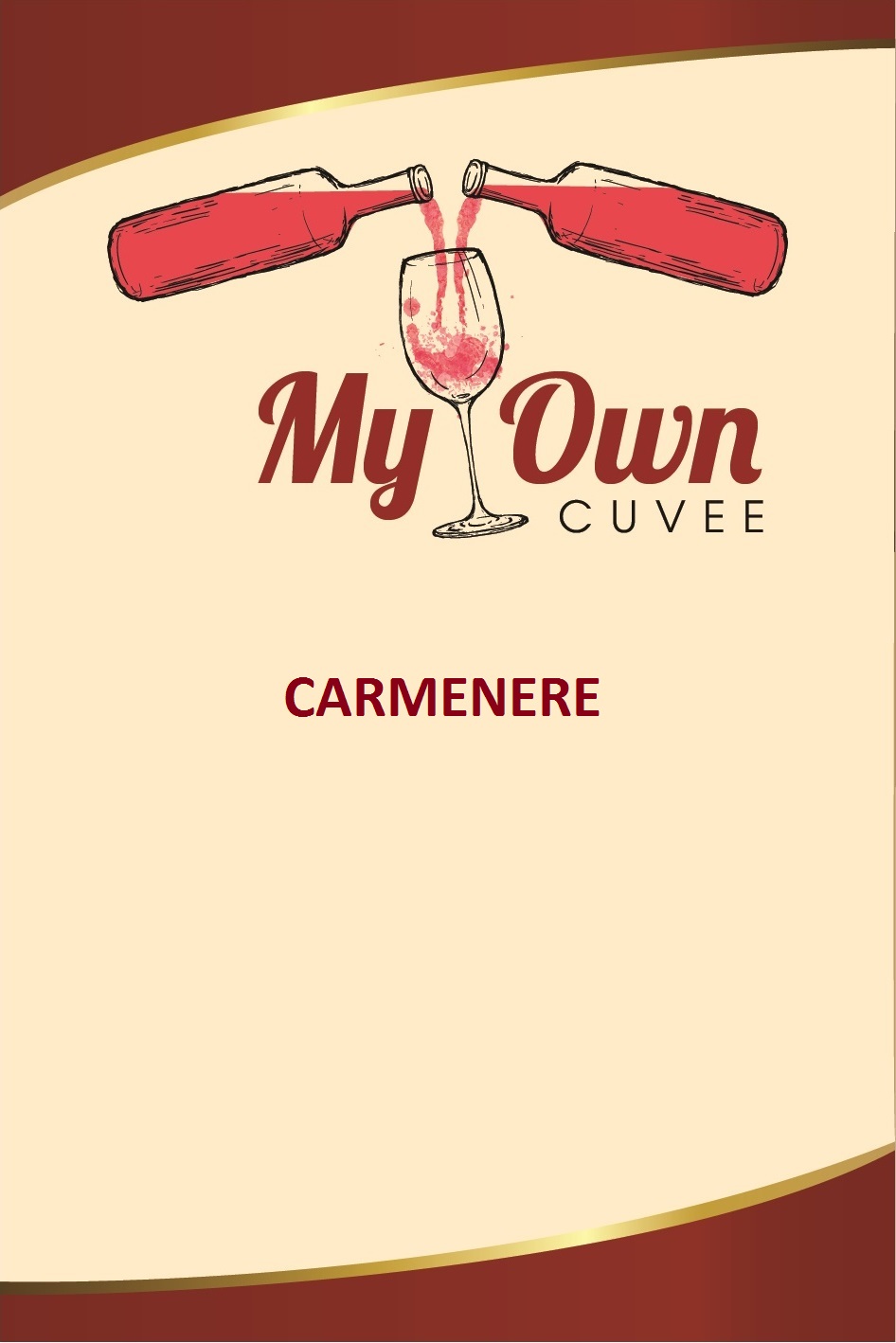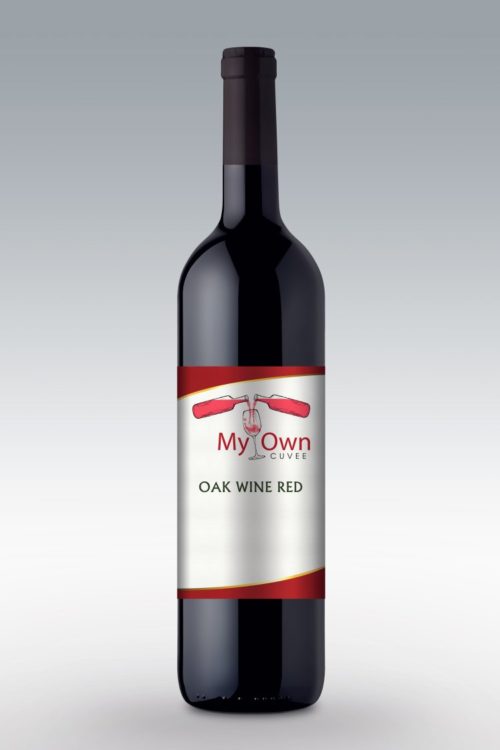| Grape Variety | Carmenere |
| Color | Dark and deep purple |
| Aroma | spicy notes of raspberry, bell pepper, pomegranate, chocolate, green peppercorn, and graphite |
| Body | Medium-bodied wines |
| Wine Making Flavors | Notes of dark plums and spice, generously framed by toasty American oak with a soft and well structured mouthfiling texture |
| Blended with: | Richer styles of Carménère are often blended small percentages of Petit Verdot and Syrah to offer bold flavors of chocolate and violets along with Carménère’s signature savoriness. |
CARMENERE
CHF18.50
Product Description
Carmenere Wine Grapes, Flavor, Character, History
Carmenere is one of the older European grape varietals used to produce Bordeaux wine. It is thought the ancient Romans were fond of the variety and that it first earned a good reputation for wine from wine produced in Spain. The Romans probably planted Carmenere in Bordeaux wine vineyards. The original name for Bordeaux was Biturica, which some historians suggest was also an early name for what we now call Carmenere. In support of this theory, the varietal is used as a blending grape in Tuscany under the name of “Predicato di Biturica.” Other research has the grape being called Vidure, which was a Bordeaux term for a Cabernet Sauvignon clone in the distant past. The grape has its initial roots in Iberia.
Carmenere, takes its name from carmin, which can be translated into crimson, due to the crimson color the leaves take on just before leaf fall in autumn. Carmenere was used in all the great Bordeaux wines. It was an important part of the blend for every wine, from The First Growths on down. Prior to the Phylloxera attack, the grape was widely planted in Bordeaux, especially in the Graves, Pessac Leognan appellation. Carmenere was a difficult grape to work with. It was vulnerable to bad fruit sets, (coulure) and mildew. Phylloxera was the final straw. Following the Phylloxera epidemic, Bordeaux wine growers did not replant the variety. They replaced it with Cabernet Sauvignon, Merlot and CabernetFranc. Those are all good choices because one of Carmenere’s attributes, or faults, depending on your point of view is, the fruit lends itself to displaying a rustic quality.
Today, Chile maintains the largest planting of Carmenere. The grape first gained popularity in the South American country when cuttings were brought over from Bordeaux around 1850. At the time, many of cuttings were confused with Merlot. In fact, Chilean growers from the time period began calling the grape, Merlot Peumal, after the Peumo Valley located in Chile. The largest plantings of the Carmenere are now found in the Colchagua Valley located in Chile. In fact, Carmenere is now so popular in Chile, that in 1998, the Chilean Department of Agriculture officially recognized Carmenere as a distinct variety.
Carmenere is a difficult grape to grow. In Bordeaux, the low yielding fruit often experienced problems ripening after the normal, cool, spring weather conditions. That made it difficult for the plant to flower correctly. When ripe, the berry adds unique spicy, red fruit and smoky qualities to a wine. In the Medoc. small amounts of the varietal are planted. Most of the Carmenere can be found in Pauillac at Chateau Mouton Rothschild and Chateau Clerc Milon. In fact, currently in Bordeaux, for the entire appellation, only 4 hectares of Carmenere remains. With 1% of their vines devoted to Carmenere, Clerc Milon has the largest plantings in the entire appellation. Their vines are old. They were planted in 1947.
There are Carmenere vines planted in the Right Bank as well. In St. Emilion Jean-Luc Thunevin grows Carmenere in his vineyard that is used for Valandraud and Alain Vauthier planted 5% of his Fonbel vineyards to Carmenere. With the 2011 Bordeaux vintage, Chateau Brane Cantenac in the Margaux appellation added a small portion, (.5%) of Carmenere to the final blend for the first time. There is one small Bordeaux estate making a tiny amount of wine from 100% Carmenere, Chateau Le Geai, a generic Bordeaux which is classified as a Bordeaux Superieur.










